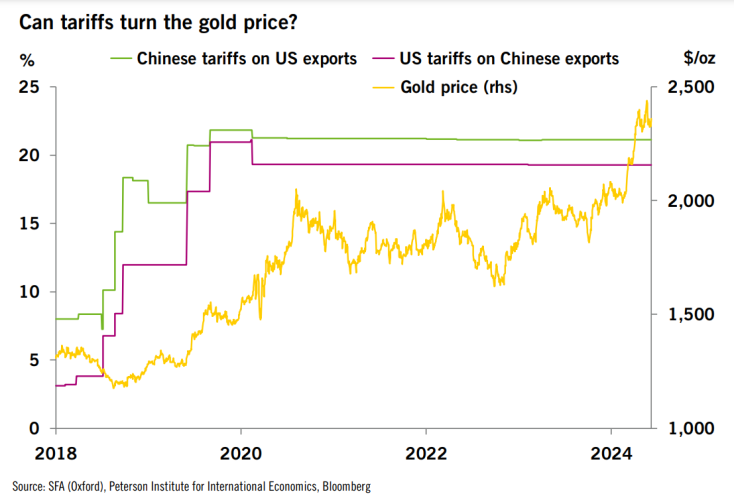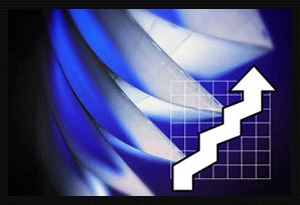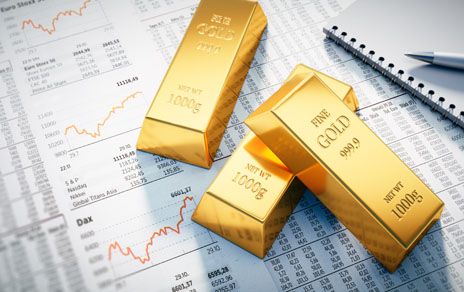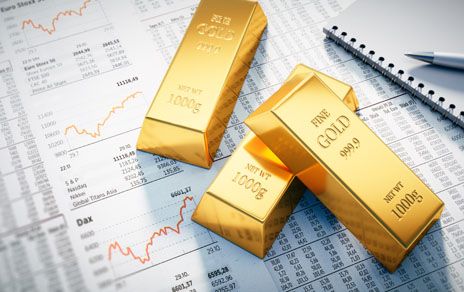Ethereum 2025 Price Prediction: Analyzing Market Trends and Future Potential
Ethereum 2025 Price Prediction: Analyzing Market Trends and Future Potential
The Future of Ethereum: An In-Depth Analysis. We're going to discuss Ethereum, and this is the only blog post you need to read to understand its potential, whether it's a good idea to invest in Ethereum, and what we are doing as traders with Ethereum right now. We'll also discuss what has happened to my short trade on Ethereum because many misconceptions are circulating online, saying that the merge has failed to push the price of Ethereum to a new all-time high of two thousand dollars, three thousand dollars, or whatever.
So, I wanted to discuss what is happening, why it is going down, and what we can realistically expect. What is my honest and humble price target for Ethereum in 2025? Let's give it a three-year time frame. In the next three years, what is going to be the price of Ethereum? This is what I'm going to discuss in this blog post. I'm going to give you real reasons behind it and my explanation, etc.

CURRENT MARKET CONDITIONS: ETHEREUM 2025 PRICE PREDICTION
Now, when it comes to the technicals, let's quickly get this out of the way before we start talking about more stuff. Right now, we are still in bearish control, so to speak, in terms of price action. I got kicked out of my short trade. I'm going to tell you exactly why, but currently, again, we entered here and we are still moving down. We have a higher low, a lower high, and another lower high. This was also a lower high and another lower high. So, in reality, we're just slowly moving down, potentially continuing to move lower.
We might see our initial target met at about 1150 and then potentially a thousand dollars in the short-term perspective. But again, this is a little bit negative, I understand, but this is in a short-term perspective. In a long-term perspective, I'm going to tell you exactly where it could reach and we’re going to reach a certain conclusion.
SHORT-TERM PRICE ACTION: ETHEREUM 2025 PRICE PREDICTION
The reason why I got kicked out of it is because I expected, in terms of my risk and money management, that it would move lower. But then it got pushed above this area right here. Then it retested it here, and this area is very important because there is a big order block standing right here. So, it was a bit of a challenge. That's why I told you guys in my Telegram channel to join my free Telegram Channel. There is a link down in the description of this video. Also, follow me on Twitter, just the verified account. I'm doing a huge one-thousand-dollar giveaway, which is going to be announced on the 30th of September. Here are all the rules that you need to follow in a pinned tweet, so go and follow me there.
TRADING OPPORTUNITIES
Right now, it seems like we are again respecting these levels. This is a very important resistance beyond which anyone should exit their short trade because the model of this bearish control in the short-term perspective is going to be broken with a potential target of fourteen hundred dollars. Right now, we're moving down, so it could be another interesting entry in a short trade, but for now, I'm just going to stay away from it.
So, on Ethereum, I left and I've taken the profit. I got the profit out of the exchange as well, so this is awesome. By the way, guys and girls, if you've used my link down in the description or in the pinned comment of this video, and you've signed up using my link, then there is a 20 USDT bonus waiting for you. How to claim it on Bitget: you have to go to the reward center, click on the reward center, and when you use my link to sign up, you're going to see a bunch of bonuses here.
I see this four-thousand-dollar first deposit bonus, but if you use my link because I didn't use my link, then you can get up to eight thousand dollars in initial deposit bonuses and other insane coupons here as well that you can claim. Then in your rewards, click ‘My Rewards' and you will see this 20 USDT sign-up bonus that you've got because you used my link.

YOU SIMPLY CLICK
You simply click ‘Claim' and then you will receive it in your account that you can use for your trading. Whatever money you make, it's pretty cool because it gives you a start even if you have literally zero. So, use my link down below in the pinned comment or in the description of this video. Remember that when you're trading on Bitget when you use my link, Bitget is going to pay you for every trade that you're taking in the way of rebates of your commission, and it's going to be credited directly into your spot account, which is amazing. Use it right now.
Also, if you don't want to be trading with Bitget, that's fine. There are other exchanges that I'm recommending. Bybit is also very good and down in the description or in the pinned comment, you can claim up to four thousand dollars. Binance is pretty good as well. Binance is the biggest one. There is a 600 bonus down below as well.

WHY TRADE WITH BITGET?
The reason why I trade with Bitget is that they have the biggest bonuses, and they have a cool copy trading platform which I'm considering becoming a part of. So let me know in the comments if I should become part of this copy trading platform so you can copy my trades. If you want, you can spread out the number of exchanges you're using because I use at least five different exchanges, but mainly Bitget because I love Bitget. Anyway, let's move on to the main topic.
SHORT-TERM AND LONG-TERM PERSPECTIVES
In the short-term perspective, as I said, we have this expectation that we could potentially go as low as a thousand dollars or, quite frankly, depending on what's going to happen with inflation. If you haven't seen my previous video, I'm going to link it right here. Check it out because it's mega important. It's going to explain a lot, like why in a short-term perspective, we're going to potentially see so much pain and even something in this vicinity.
ETHEREUM COULD BOTTOM OUT: ETHEREUM 2025 PRICE PREDICTION
Ethereum could bottom out in the vicinity between 400 and a thousand dollars, even though it sounds scary. But with the current inflation rate and the Fed's hawkish policy right now, their approach to raising interest rates is not giving us any optimism right now. They could be raising interest rates into 2023. There are many historical comparisons with what we can see and the market effect, so go and watch this previous video that I've done. Right now, let's talk about Ethereum because even though we're seeing short-term pain, this allows us to accumulate.
THE MERGE AND BEYOND
Okay, let's talk about what happened here. We saw this optimism that the merge is finally happening after so many years. The merge is happening. It's switching from POW to POS. Great, amazing, beautiful. You know it was a ‘buy the rumors' right here and ‘sell the news' event right here. That's why we're going down right now and we could keep going down.
A lot of people are saying, “Oh well, you know what it failed and it's a scam.” You know, as always, that's what some people say in crypto. But what they don't understand is that the merge is just the first small piece of the puzzle. Then there will be a Surge, then there will be a Verge, Purge, and Splurge at the end. This is a plan that has been there all along. So it's like one, two, three, four, five stages and we are currently at stage number one which was successful. Yes, it was like an event of ‘buy the rumors' right here and then ‘sell the news' here. Sure, but does it have anything to do with the future? The fact that the merge was successful is amazing because it laid the foundation for Surge, Verge, Purge, and Splurge. How difficult is it to understand this?

THE SURGE
So, let's take a look. The merge, the fact that it became successful was expected and it did cut Ethereum's power usage by more than 99%. So it's green, it's great for institutional investors for those who are worried about climate change and all that. It also reduced the asset issuance so right now, Ethereum has become deflationary. Many expected Ethereum emissions to become net negative, which it did. It became deflationary. So when there is inflation in fiat, which we're suffering from right now, Ethereum is deflationary. If you're holding one Ethereum, it's becoming theoretically more valuable because there is going to be less Ethereum with every year and every day and every amazing minute. That's why it has the nickname ‘ultrasound money'.
THE SURGE PHASE: ETHEREUM 2025 PRICE PREDICTION
The next phase is the Surge, and this is what a lot of people complained about. They said that the merge didn't solve the problem with gas fees, it still is an expensive network, and it's slow. You know, other ones are faster.
It's true, but again, people don't understand what is going to come next. They don't understand that there are Surge, Verge, Purges, and Splurges. So when the next phase, the Surge, comes, this phase will bring sharding to the Ethereum blockchain. Sharding is a scaling solution that breaks Ethereum into separate portions or shards to spread out the network's computational load.
THIS UPGRADE IS PLANNED FOR 2023 AND WILL ROUGHLY BRING ETHEREUM
This upgrade is planned for 2023 and will roughly bring Ethereum to 85-80% completion based on Vitalik's expectations in January. So this is what I've been telling you all along. The Surge will happen in 2023, which is going to bring scaling to Ethereum, reducing gas fees, and also increasing the speed from 30 transactions to potentially as fast as Visa and Mastercard at a hundred thousand transactions per second. It's going to do it incredibly quickly. So within the next 12 months, okay, maybe not the beginning of 2023 because it's very soon, I think maybe in the middle, of next summer.
This is when this is going to happen, and it's going to have the same kind of effect in terms of the price. It's going to be potentially again ‘buy the rumors' somewhere and then ‘sell the news', and then people are going to realize that Vitalik's team is doing things and it's not as slow as everybody expected. Certainly, it was going to take three years to complete the Surge. We could see some pain, yes, but they've completed the merge. From what I understand from my research, it’s not going to be as difficult to complete the next stages.

THE VERGE, PURGE, AND SPLURGE
The next one is going to be the Verge, referring to the introduction of Verkle trees. This is very important. If you want more detail, you can research this online and understand what Verkle trees are. This upgrade will involve a powerful upgrade to Merkle proofs, which optimizes data storage for Ethereum nodes. It will also assist Ethereum scaling, as it allows for a greater number of blockchain transactions while keeping the blockchain decentralized. So basically, it’s like the same thing: Roll-Ups, sharding, and the whole concept. How they’ve built this plan is going to, by probably 2024-2025, create this incredible ultrasound money out of Ethereum.
THE PURGE AND SPLURGE: ETHEREUM 2025 PRICE PREDICTION
The next thing is going to be the Purge, which will be a similar upgrade to the Verge concerning data storage for validators, aka future ETH stakes. It will reduce the hard drive space required for validators, introduce historical data and bad debt streamline storage, and reduce network congestion. Again, scaling. Then the final upgrade will be the Splurge, a series of miscellaneous upgrades made simply to ensure the network runs smoothly after the prior four stages are dealt with. So this is the plan. The merge was just the beginning.
PRICE EXPECTATIONS FOR ETHEREUM
Now it brings us to the question: What do I expect from the price in the short term? In the short-term perspective, I already told you we can see potential downside from anything from another 20% to even maybe something as crazy as 60%, depending on macroeconomics. The macro right now is predominant. What is happening in Russia? Russia is mobilizing forces again. It’s a crazy situation right now. What’s going to happen with inflation and the risk of stagflation? All of these things are understandable. From a short-term perspective, we can see a lot of pain.
LONG-TERM PERSPECTIVE: ETHEREUM 2025 PRICE PREDICTION
When it comes to a long-term perspective, I’m looking at something like the next Bitcoin halving cycle, which is happening probably in the first quarter of 2024. We already know that during the halving cycle, we are going to move higher.

That’s going to trigger the next bull run. If the bottom is not in yet, then it’s going to be in the next half a year to three-quarters of a year. With Ethereum, once we move down and find this bottom, from there, I believe that with the institutional adoption and everything that the Ethereum Foundation and Vitalik are doing, with just a quick calculation of the potential market cap for Ethereum and the introduction of all the biggest names in smart money, such as BlackRock working with Coinbase, so many things happening already in terms of adoption, it’s creeping in bit by bit. This could be a super cycle.
I’M NOT AFRAID TO SAY THAT POTENTIALLY
I’m not afraid to say that potentially, we can do something like 8X from here, which could lead us to about ten thousand dollars per Ethereum. I would probably say it’s going to be somewhere in the vicinity of 2025, maybe closer to 2026 at the latest. By that time, inflation is going to be gone. The monetary easing will be fully in power.
Certainly, the adoption is going to be happening more and more. The regulation will be in from Cynthia Lummis. I think there’s going to be a lot of interest from institutional investors for Ethereum. I think there’s going to be more interest in Ethereum than Bitcoin. Ethereum could reclaim the throne as the biggest cryptocurrency out there. Bitcoin will still be there as a store of value, a hedge against inflation, but in terms of the biggest use cases, it will be for Ethereum: metaverse, NFTs, institutional investors, deflationary asset, staking rewards, fast, low gas fees, a fast network itself. So, my modest expectation for Ethereum for 2025 would be at least ten thousand dollars. For this reason, right now, when we are seeing some short-term pullback, imagine this allows you to buy more and more.
CONCLUSION
Guys, I'm going to link an interesting tutorial to Bitget, where you can learn how to get paid on Bitget for trading and get money back from Bitget. So, even if you're a break-even trader, you will make some money. As always, let me know down in the comments what you guys think and make some noise. Make some love. Join my Telegram channel. Follow me on Twitter. As always, stay smart, stay rich, and I'll see you in the next blog post. Bye.
https://rtateblogspot.com/2024/04/14/advice-for-those-just-starting-out-in-the-crypto-market/
Tim Moseley

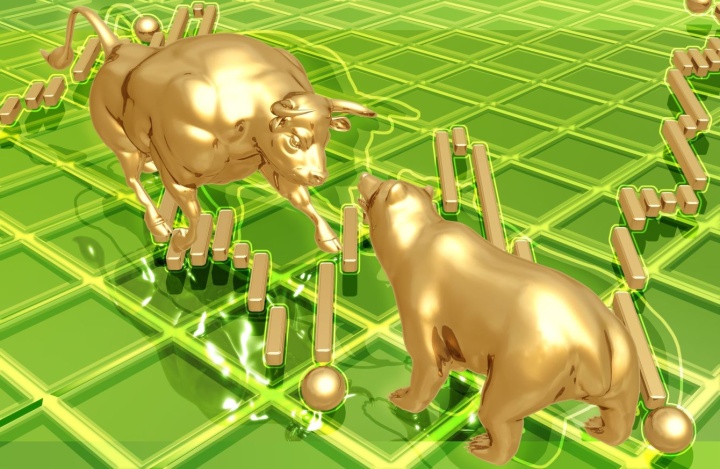

.png)



.jpeg)
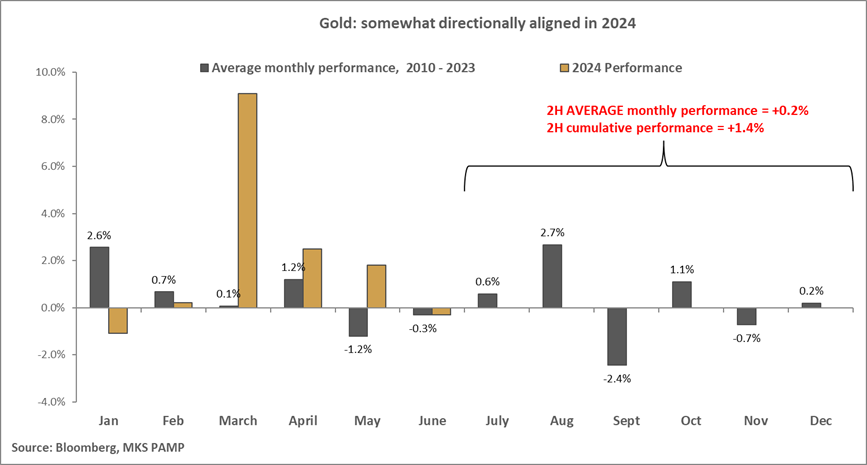
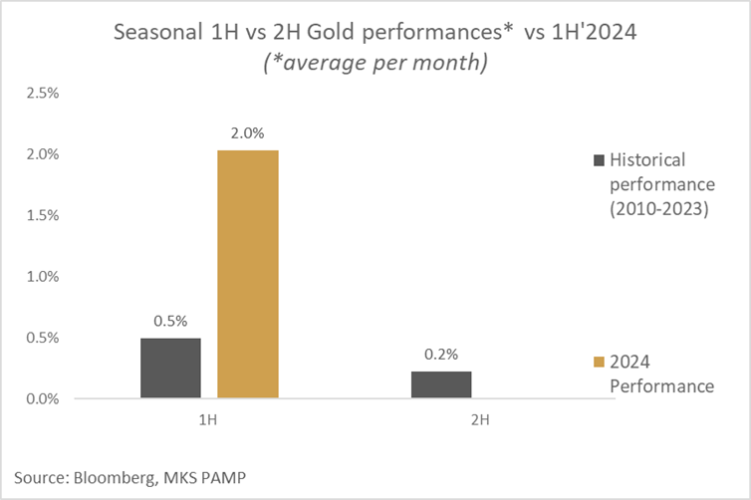
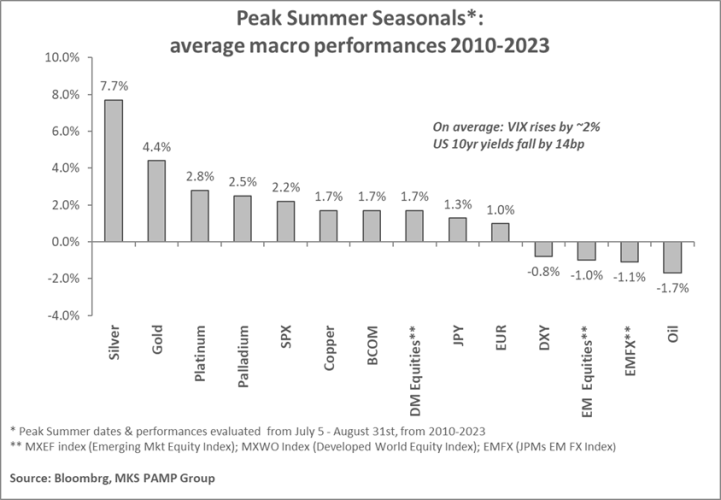

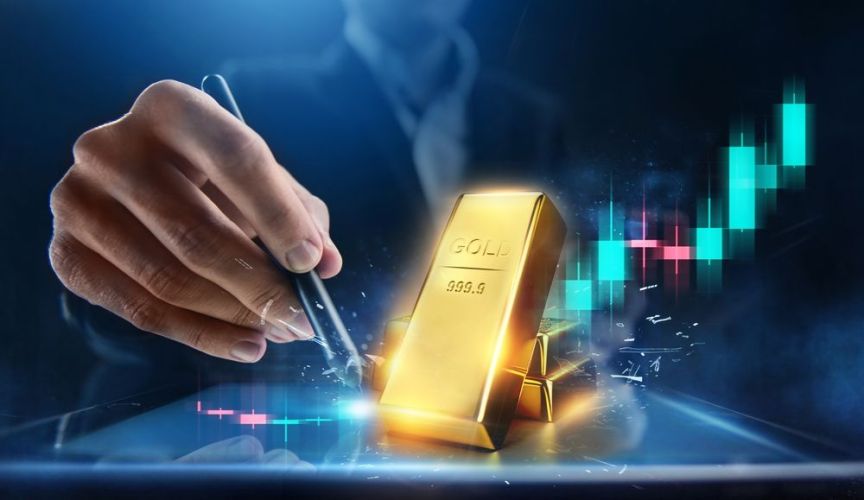
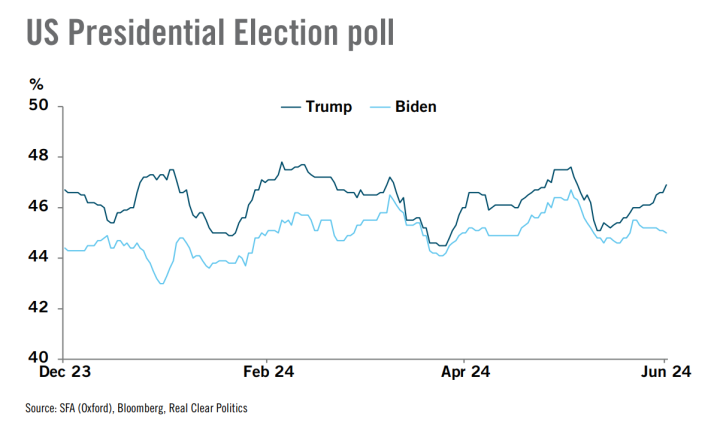
.jpeg)
.png)
